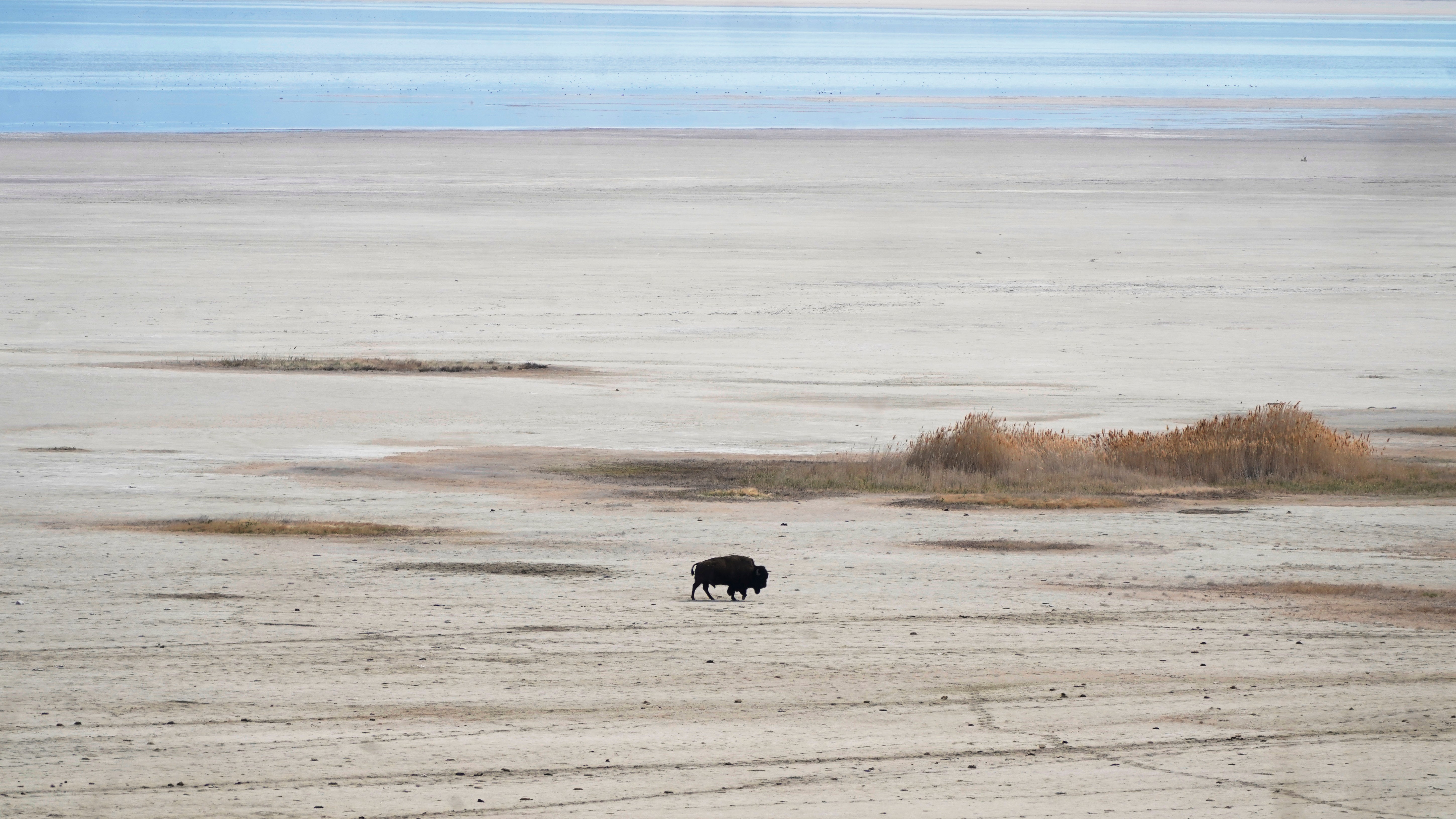How are the Utah dust storms linked to the climate crisis?
A deadly sandstorm this weekend comes amid a “mega-drought”gripping many states in the US west including Utah

At least eight people, including children, have been killed in a 22-car pileup on a highway in Utah after a sandstorm blinded drivers.
The massive crash happened on Sunday near the town of Kanosh, around 150 miles south of Salt Lake City. The pileup occurred during a period of high winds that caused a sandstorm and reduced visibility, Utah Highway Patrol said.
The sandstorm comes amid a severe “megadrought” which has gripped many states across the US west including Utah. Scientists say that the drought, at its worst point in two decades, is being exacerbated by the climate crisis.
Higher temperatures along with less rainfall lead to much drier conditions in the soil and vegetation, making it easier for winds to carry particles. The US west has become much hotter and drier in the past three decades due to global heating.
The drought is causing historic low water levels in lakes across the region and making it easier for wildfires to rage uncontrollably.
The Great Salt Lake, the largest natural lake west of the Mississippi River and dubbed “America’s Dead Sea”, is one which has hit a historic low, the US Geological Survey reported this weekend.
Average daily water levels have now dropped about an inch below the previous record of 4,191.4 feet (1,278 meters), which was set in 1963. The new record has been set months earlier than when the lake typically hits its low point.
Utah’s Republican Governor Spencer Cox urged people to use less water on their gardens and “pray for rain”.
Along with the human impact, environmentalists warn that the drought could have severe knock-on effects for wildlife in the years to come.
Utah’s Department of Natural Resources reported this month that microbialites - the “living rocks” on the lake bottom which serve as food for brine flies and shrimp - could dry up within weeks and put the whole ecosystem at risk including thousands of migratory birds. More than 300 varieties of bird breed at Great Salt Lake, more than anywhere else in the US.
While the microbialites take only weeks to die, ”it takes several years of higher lake level before the microbial mat can recover”, said Michael Vanden Berg, a energy and minerals program manager, at Utah Geological Survey.
Dr Kevin Perry, chair of the Department of Atmospheric Sciences at University of Utah, told CNN that as the long-term drought dries out Utah’s soil, arsenic found there could be picked up by the wind and cause respiratory problems for humans.
The chemical element, and a toxin, often washes downstream and lands in the lake, from where fierce winds can kick up dust.
“One of the concerns we have is the particles that are coming off the lake getting into people’s lungs,” he said. “Fifteen to 20 years ago, when the lake was higher, most of these dust spots were covered up, and if you cover them up with water, they don’t produce dust. And so as the lake has receded, it’s exposed more and more of that lake bed. ... As we get the larger area, we have more frequent dust storms.”
He added that the lake “could become one of the larger dust emission sources in North America as well”.
Subscribe to Independent Premium to bookmark this article
Want to bookmark your favourite articles and stories to read or reference later? Start your Independent Premium subscription today.

Join our commenting forum
Join thought-provoking conversations, follow other Independent readers and see their replies